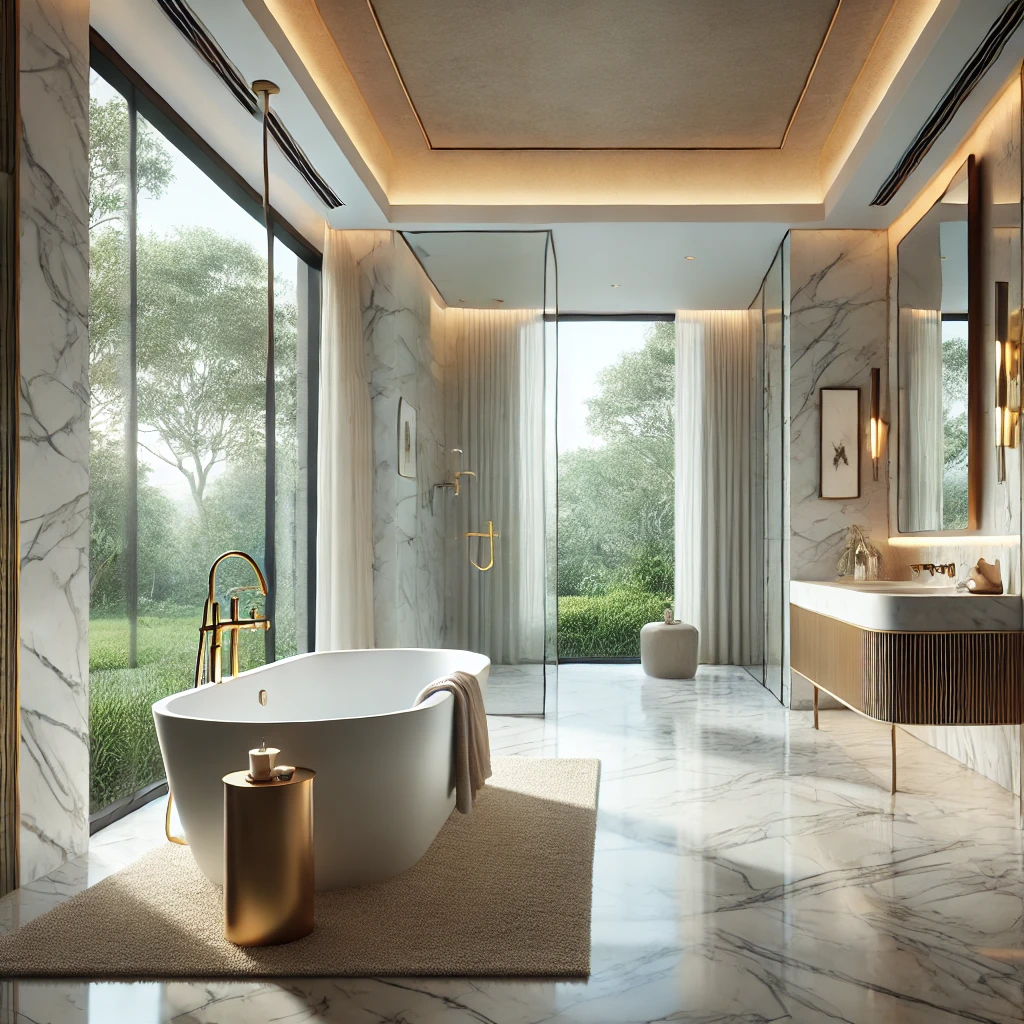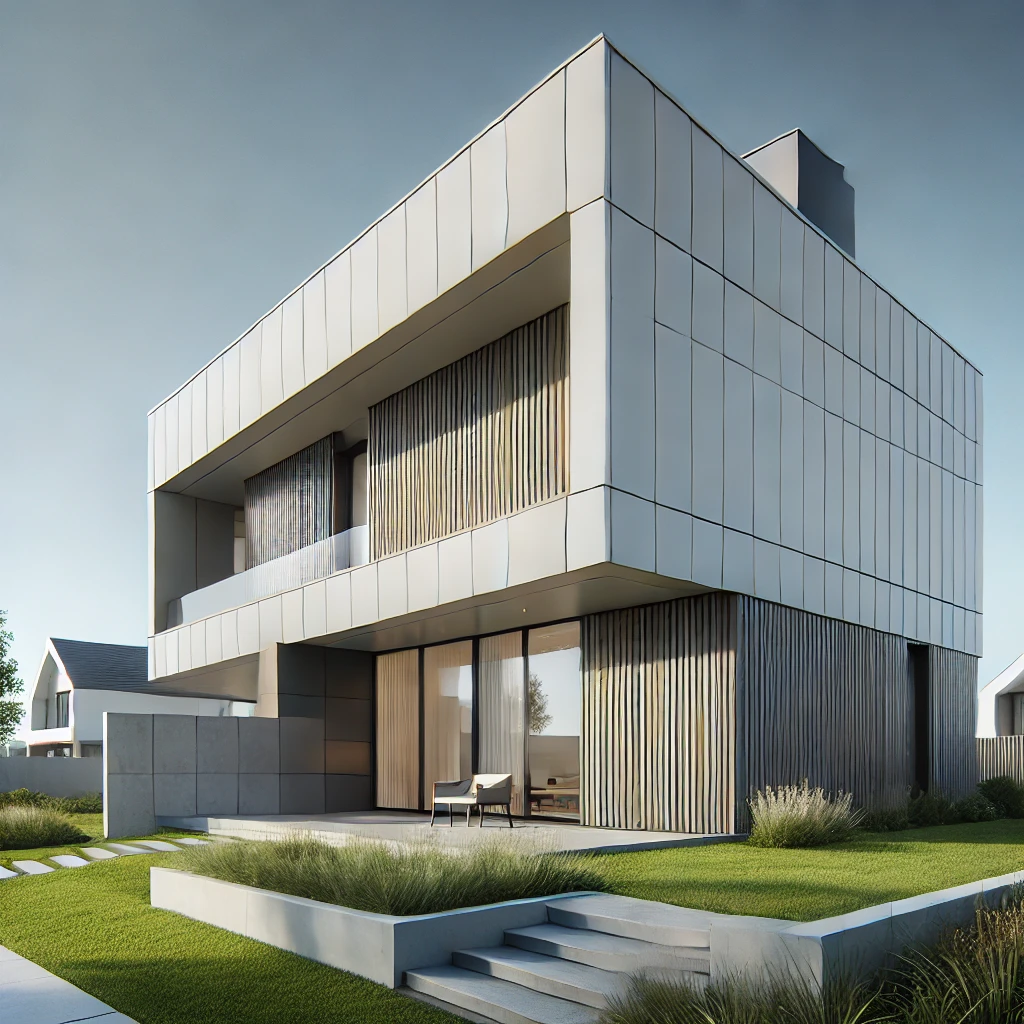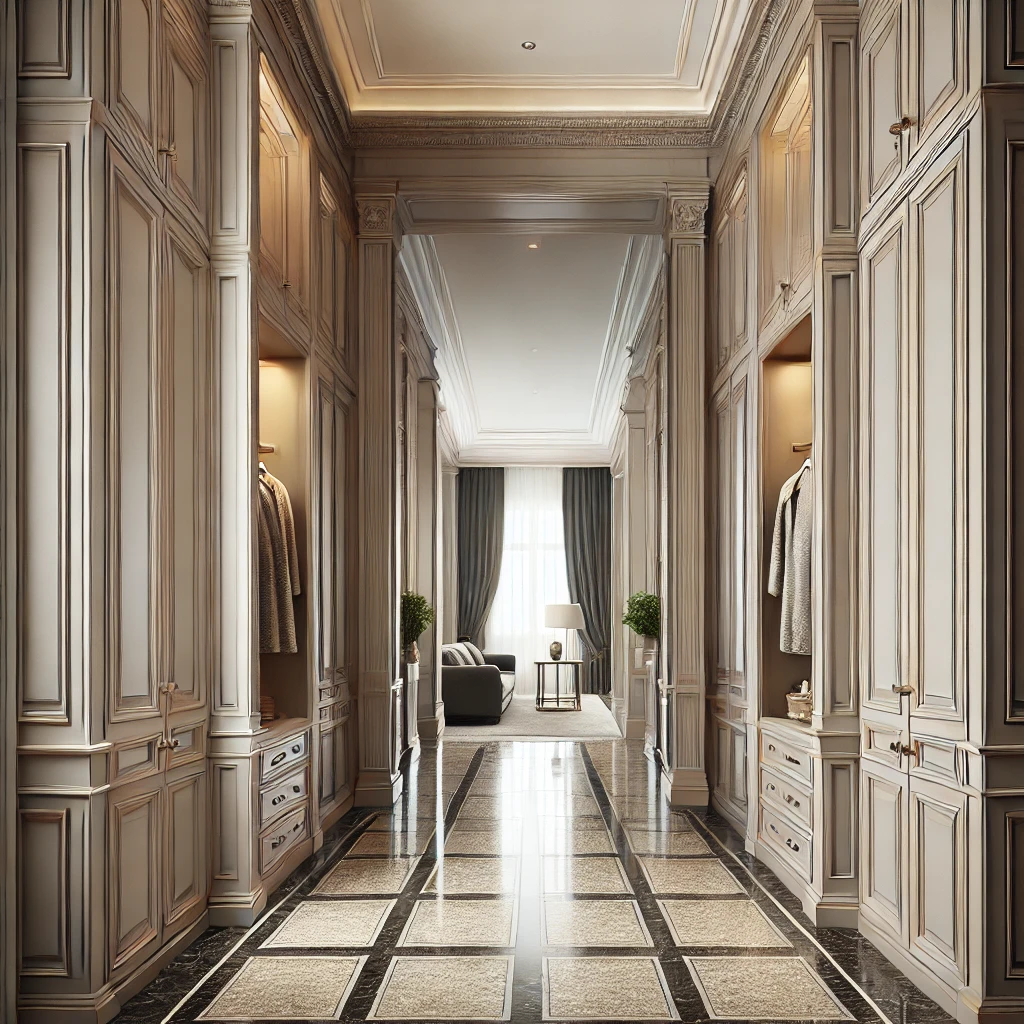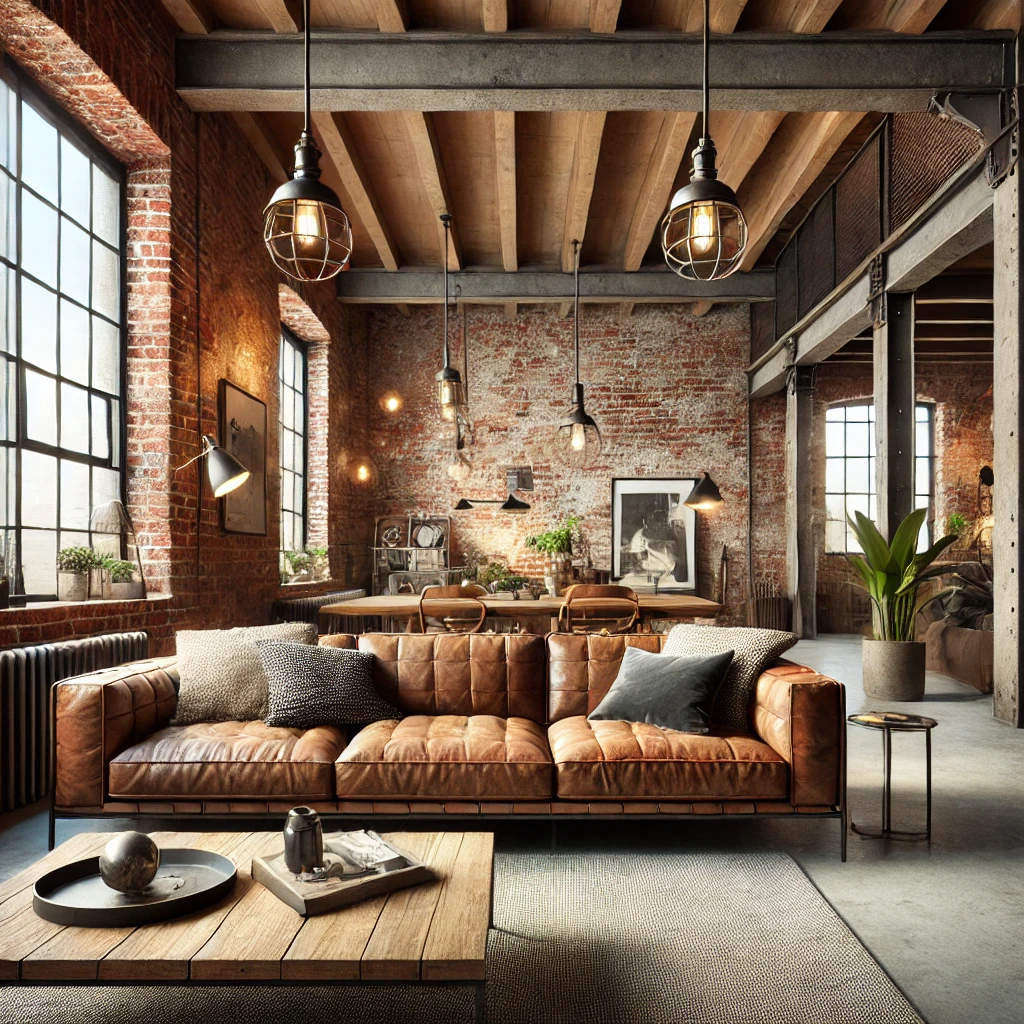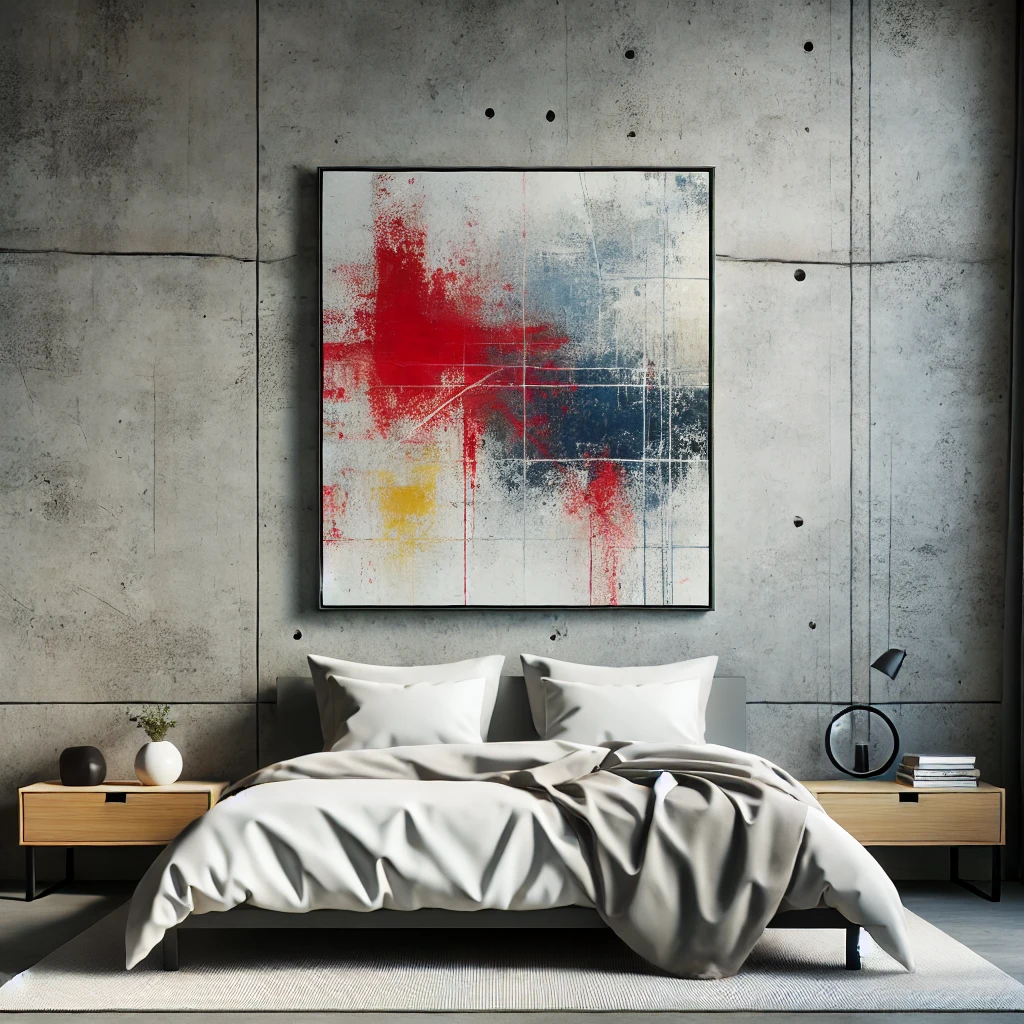Question: How (and What) to Paint a Wooden House with Exterior
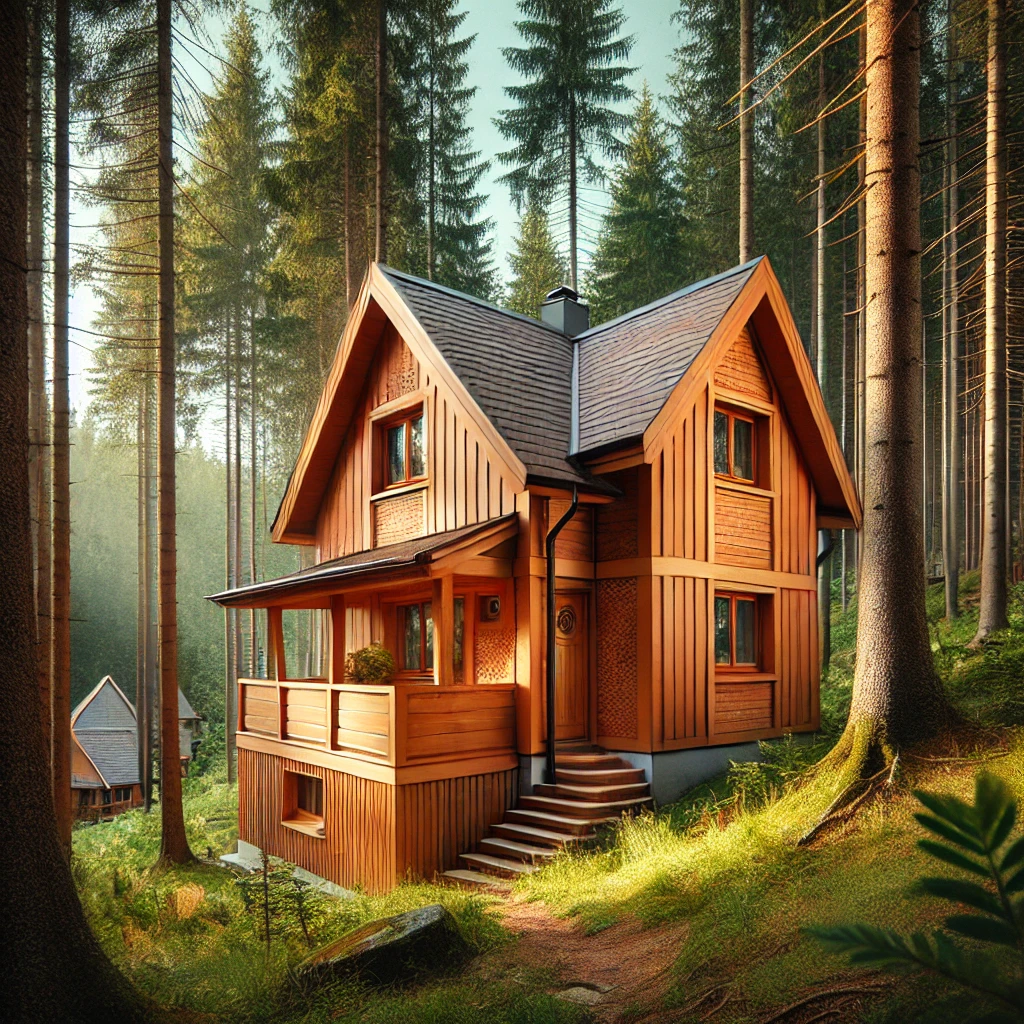
Refreshing, revitalizing, or perhaps giving it a noble aged look? When it comes to painting a wooden house’s exterior, there are numerous options depending on the desired outcome. Whether you’re aiming to protect the wood or to achieve a specific aesthetic, the choice of paint and method is crucial.
Wood: A Living, Capricious Material
Wood is a living material that reacts to its environment and treatment. In the past, craftsmen knew how to “communicate” with wood, selecting, drying, and processing it so that wooden walls gained strength and aged beautifully over time. Modern techniques and materials offer a broader range of options for painting and treating wooden exteriors.
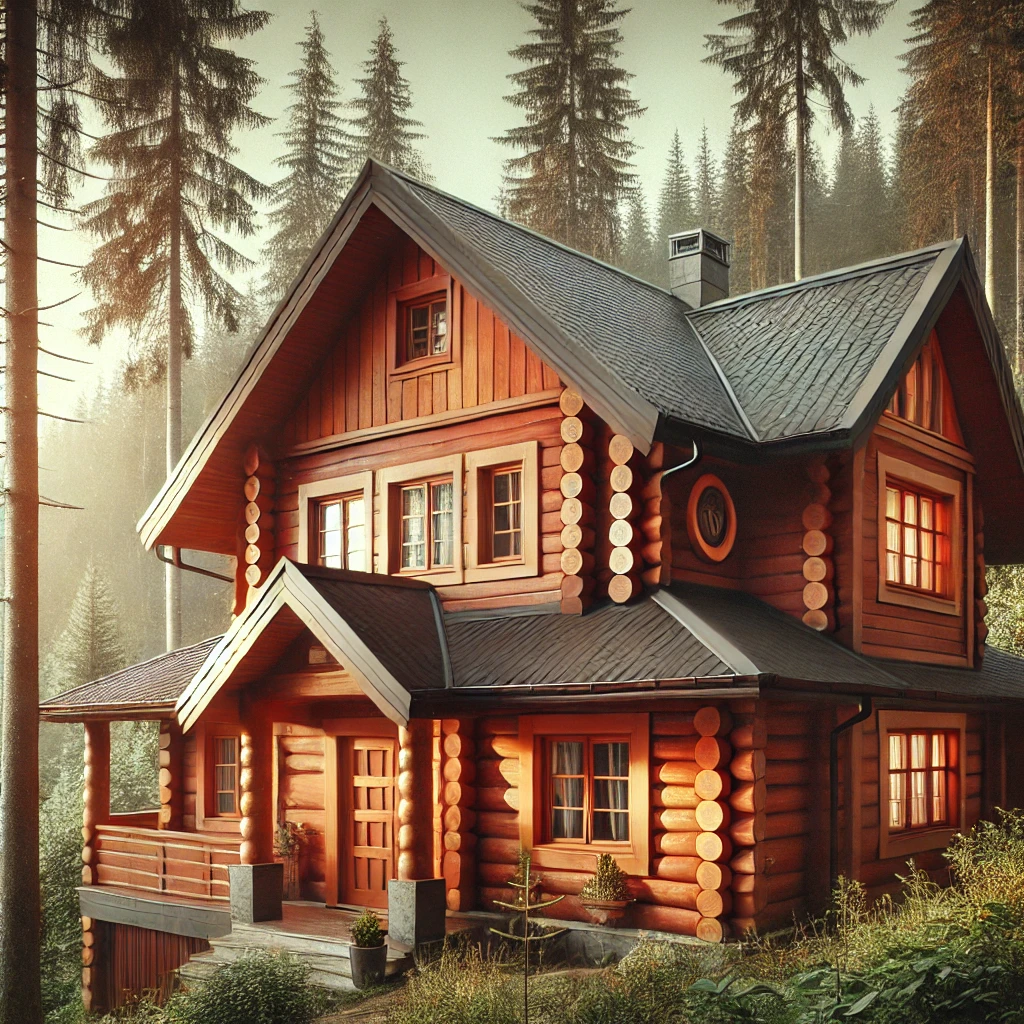
Choosing the Right Paint for the Desired Effect
1. To Achieve a “Silver” Effect
Unprotected coniferous wood exposed to the elements tends to weather and develop a silver-gray patina. This natural aging process gives the wood a strong, almost stone-like quality, making it resistant to mold. Some methods can accelerate this silvering effect, though results vary depending on the quality of the wood.
For those looking to achieve a timeless, aged look without experimenting, tinted protective wood treatments are a reliable option. These treatments can give the wood a noble appearance while ensuring longevity and protection.

2. For a Natural Wood Appearance
If you want to preserve the natural look of the wood, transparent or semi-transparent finishes, known as glazes, are the way to go. These finishes serve as both a decorative and protective layer, often infused with oils that highlight the wood’s grain and texture. However, it’s important to note that colorless glazes are recommended only for interior use, as exterior exposure can cause the wood to darken unevenly over time.
For a more uniform and controlled aging process, it’s advisable to choose a glaze with a tint. Options like “white oil” can lighten the wood slightly, maintaining a fresh and natural appearance while providing necessary protection.
3. To Add Color and Revitalize a Wooden House
For those who prefer a more vibrant appearance, opaque paints are ideal for giving a wooden house a fresh, new look. While the texture of the wood may be obscured, these paints offer excellent coverage and protection. However, they require proper surface preparation, including priming with antiseptic-rich primers to ensure durability and prevent issues like mold and mildew.
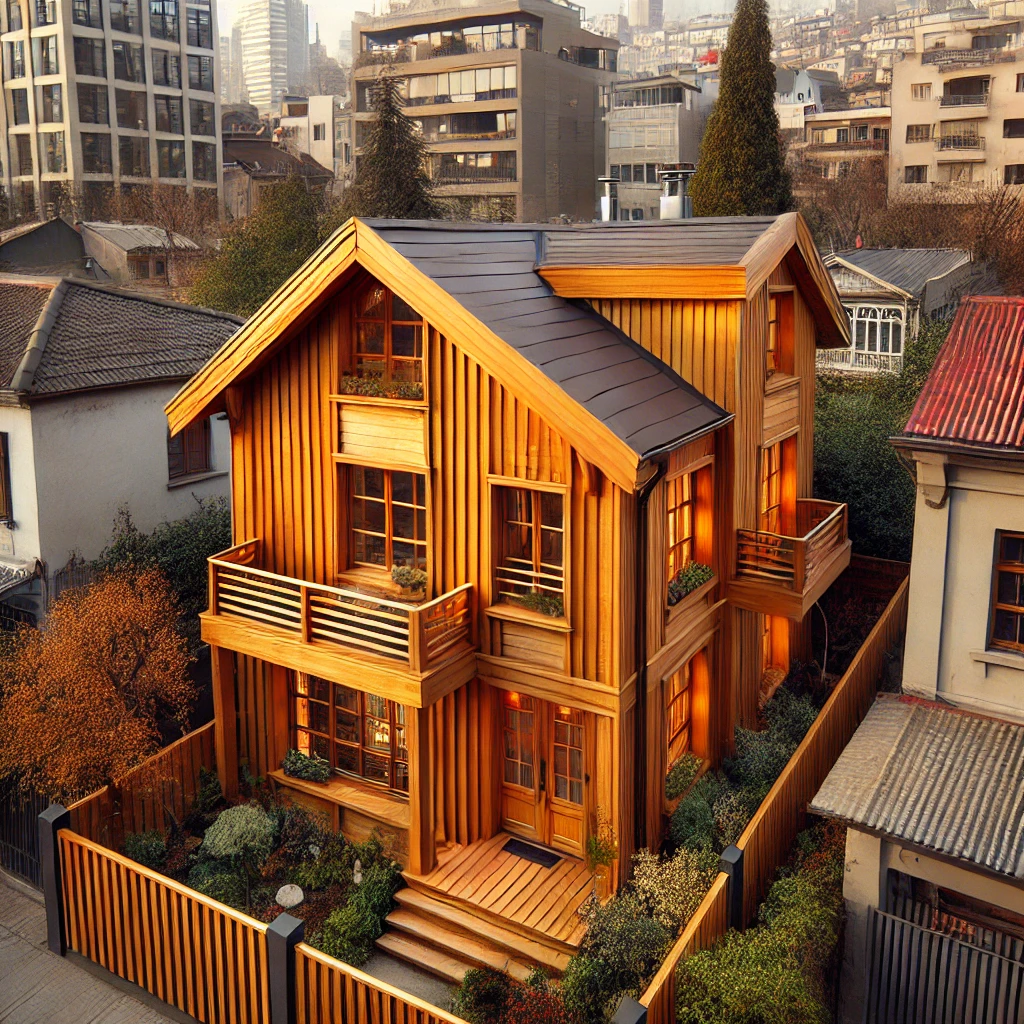
Traditional and Modern Paint Options
Oil-Based Paints
Traditional oil-based paints, made from linseed oil or synthetic binders, are often favored for their environmental friendliness. However, they are slow to dry and emit strong odors. Modern alternatives include alkyd enamels, which are faster drying and more durable, though they lack the breathability of natural oil-based paints.
Acrylic Paints
Acrylic paints offer a more modern solution, providing a durable, plastic-like finish that can be either water-based or resistant to UV rays. These paints create a strong seal on the wood’s surface, offering protection from the elements while maintaining a clean, smooth appearance.
5. For a Scandinavian Look
In Scandinavia, a traditional red paint known as Falun Red (or “punamaali” in Finnish) has been used for centuries to paint homes and outbuildings. This paint requires no surface preparation and is highly resistant to fading, making it ideal for rough, unplaned wood surfaces.
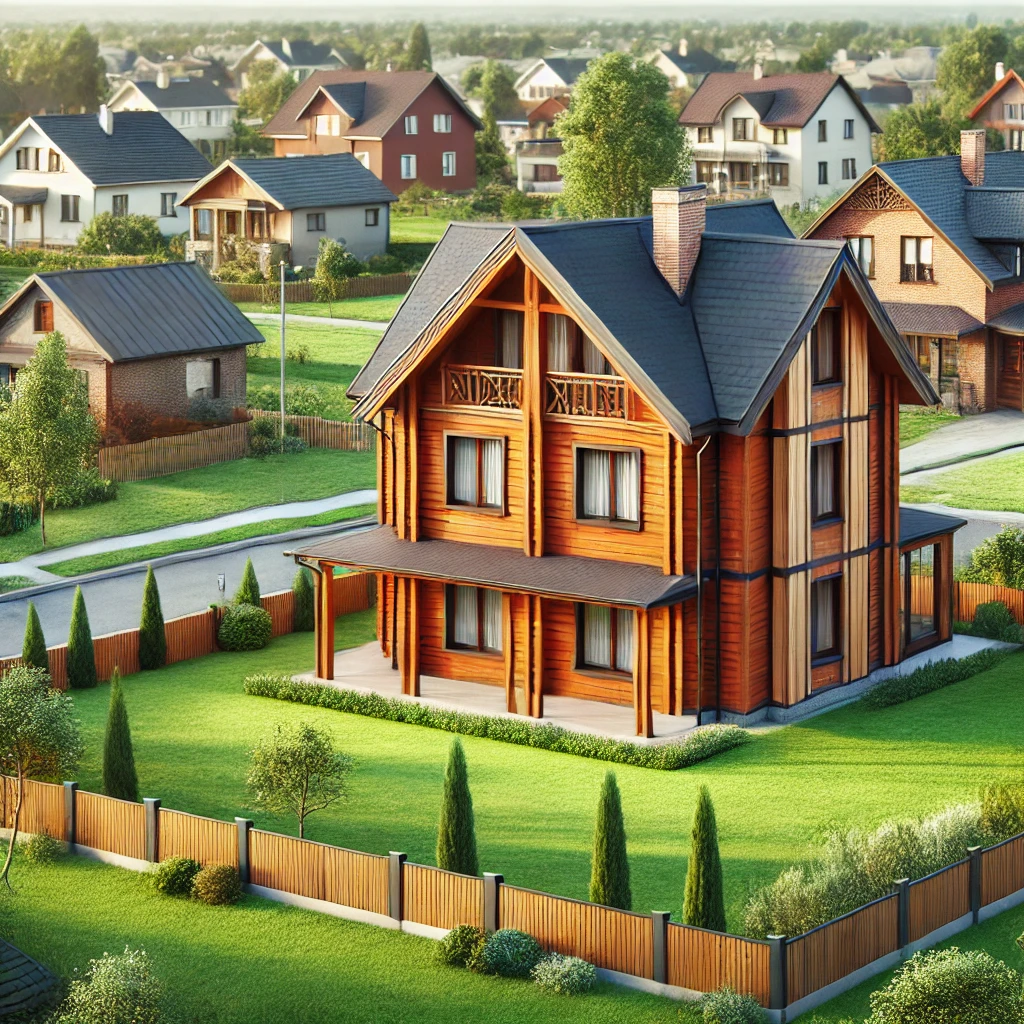
To Paint or Not to Paint: Considering a Transparent Treatment
While it might be tempting to preserve the natural look of a wooden house with a clear or light-colored protective treatment, this can often lead to uneven darkening over time. If you later decide to add color, achieving an even finish may be difficult. For those willing to experiment, try a small test area to see how the treatment affects the wood before committing to the entire house.
Pre-Painting Preparation: Key to Longevity
Proper surface preparation is crucial when painting a wooden house exterior. This includes sanding, treating with antiseptics, and applying primers designed for wood exteriors. These steps ensure the longevity and durability of the paint job, allowing the wood to breathe while protecting it from UV rays and moisture.
Final Thoughts
Painting a wooden house’s exterior is a significant investment in both time and resources. Whether you choose a natural glaze, a vibrant paint, or a traditional Scandinavian finish, the key to success lies in careful preparation and choosing the right products for your specific needs.
If you’ve painted a wooden house before, share your experiences and tips in the comments below. And if you’re planning to start a project, consider consulting with professionals to ensure the best results.
Pre-Painting: On-Site or Factory Finish?
One of the decisions you’ll need to make is whether to paint the wood on-site or opt for a factory finish. Pre-treating the wood before installation, such as sanding, applying antiseptics, and priming, can significantly reduce labor and time once the wood is installed. This method is particularly effective for siding materials like wooden paneling, block house, or planed boards.
Factory painting is an option offered by many suppliers of wooden siding and profiled materials. This approach is especially useful for achieving a uniform base coat. However, if you’re aiming for complex colors or semi-transparent finishes, you might prefer to limit the factory process to priming, leaving the final color coat for on-site application. This ensures the finish is consistent and achieves the desired aesthetic.

Quick Tips: Antiseptic Treatment
To speed up the process of treating wood with antiseptics, consider using a “bath” method, where the wood is submerged in a water-soluble antiseptic solution. This can be done easily on-site by creating a trench lined with plastic sheeting, then filling it with the antiseptic solution. This method is efficient and ensures thorough treatment of the wood, making it more resistant to decay and insect damage.
Can You Paint Over Old Paint?
While it’s possible to paint over old paint, it’s generally not recommended without proper preparation. Like repainting old furniture, the surface requires special treatment to ensure the new paint adheres properly and provides a smooth finish. Here’s how to prepare the surface:
- Mechanical Treatment: Remove old paint using wire brushes and sandpaper to smooth out any rough or damaged areas.
- Antiseptic Treatment: Apply penetrating antiseptic solutions, especially in areas prone to decay or where the wood is older and more vulnerable. This can be done across the entire surface or targeted to specific areas, depending on the wood’s condition.
- Filling and Sanding: Fill any cracks, holes, or imperfections with a wood filler, then sand the surface to create a smooth base for painting.
- Priming: Use a wood primer designed for exterior use, ensuring it contains antiseptic properties. This will help the paint adhere better and provide an additional layer of protection against the elements.
- Final Painting: Once the surface is prepared, apply the final coat of paint, ensuring even coverage and allowing adequate drying time between coats.
Final Steps: Ensuring a Lasting Finish
The key to a successful exterior paint job on a wooden house is thorough preparation and using high-quality materials specifically designed for wooden facades. These materials should offer breathability, UV resistance, and compatibility with the primers, solvents, and thinners you use.
Remember, painting a wooden house is not just about aesthetics; it’s about protecting the wood and extending the life of your home’s exterior. Whether you’re refreshing an old paint job or starting anew, following these steps will help you achieve a beautiful, durable finish that enhances the natural beauty of the wood.
Share Your Experience
Have you painted the exterior of a wooden house or cabin? Share your tips, challenges, and success stories in the comments below. Your insights could help others make the best choices for their projects!



